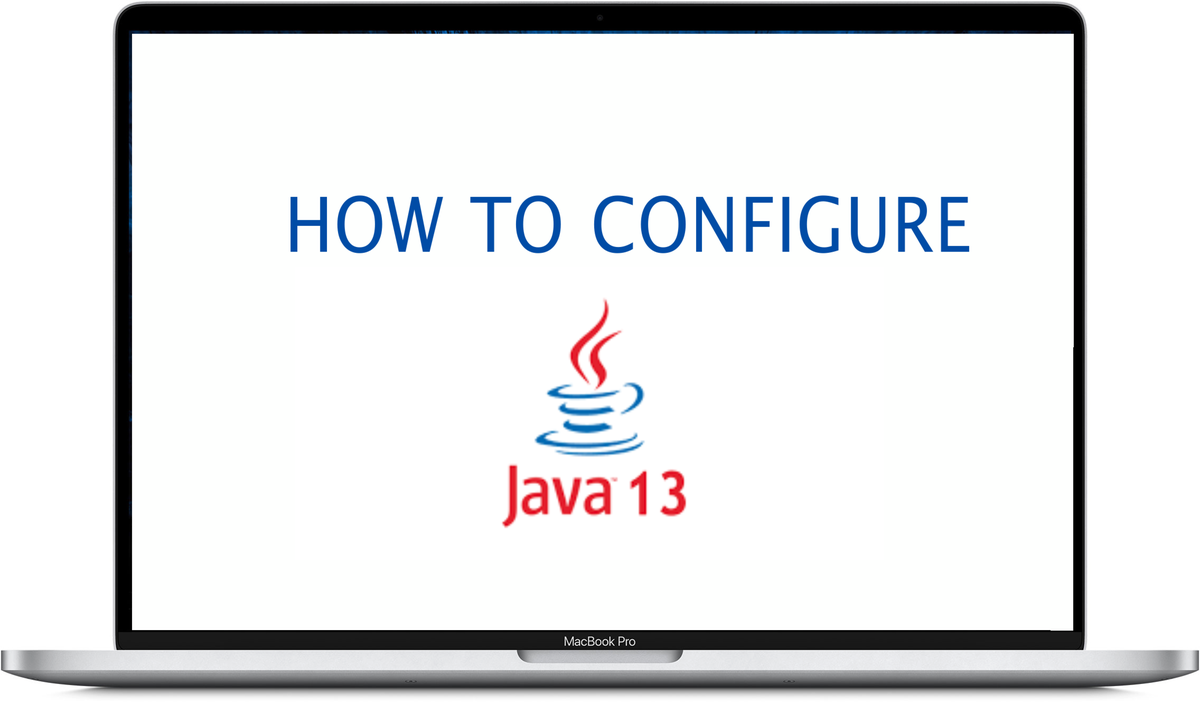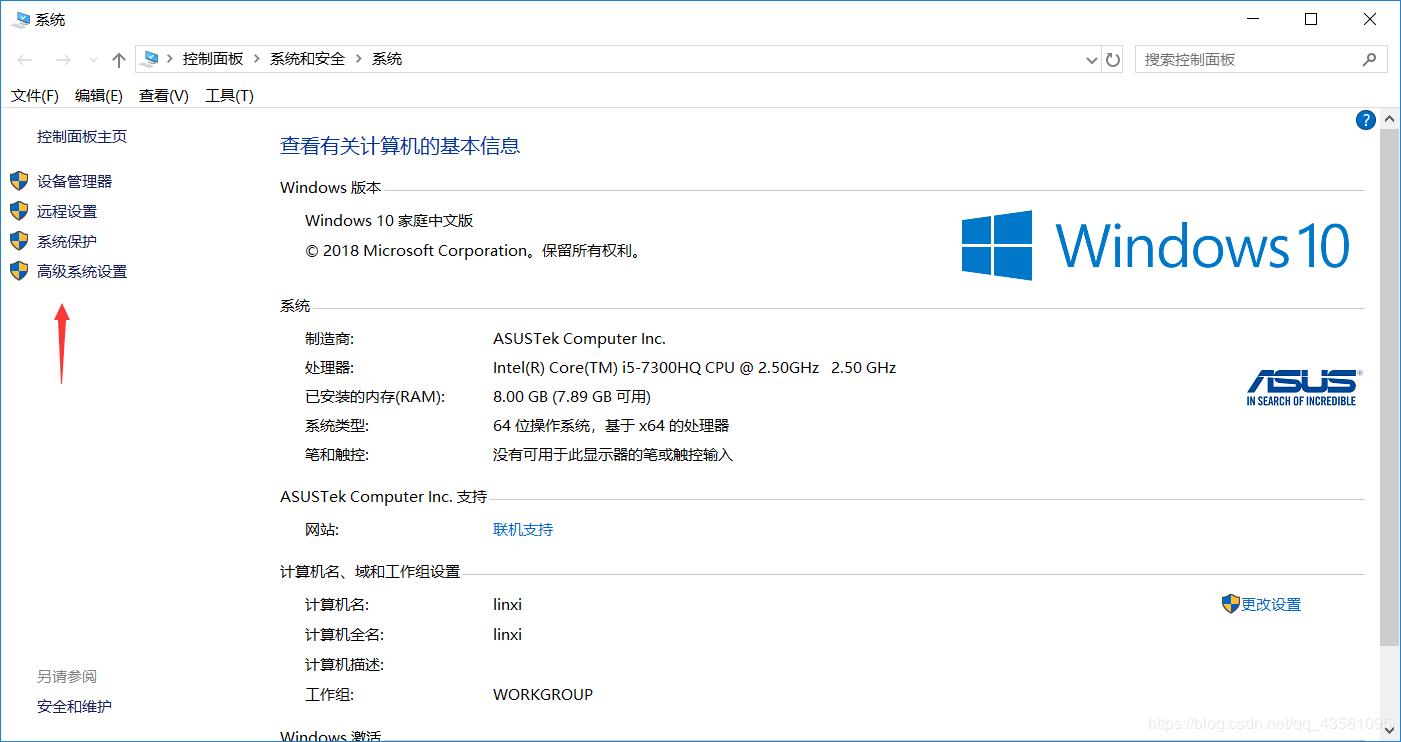
Java SE 7 (JDK 7) (July 2011): First version after Oracle purchased Sun Microsystem - aslo called OracleJDK. Java SE 6 (JDK 6) (December 2006): Renamed J2SE to Java SE (Java Platform Standard Edition). Introduced generics, autoboxing/unboxing, annotation, enum, varargs, for-each loop, static import.  J2SE 5.0 (JDK 5) (September 2004): Officially called 5.0 instead of 1.5 (by dropping the 1.). J2SE 1.4 (JDK 1.4) (February 2002): Introduced assert statement, non-blocking IO ( nio), logging API, image IO, Java webstart, regular expression (regex) support. Also introduced Collection Framework and JIT compiler. Included JFC (Java Foundation Classes - Swing, Accessibility API, Java 2D, Pluggable Look & Feel, and Drag & Drop). Also released J2EE (Java 2 Enterprise Edition) and J2ME (Java 2 Micro Edition). J2SE 1.2 (JDK 1.2) (December 1998): Re-branded as 'Java 2' and renamed JDK to J2SE (Java 2 Standard Edition). JDK 1.1 (February 1997): Introduced AWT event model, inner class, JavaBean, JDBC, and RMI. JDK 1.0 (January 1996): Originally called Oak (named after the oak tree outside James Gosling's office). JDK Alpha and Beta (1995): Sun Microsystem announced Java in September 23, 1995. As a result, those packages have moved, and this will require changes to package imports. Oracle has chosen the Eclipse Foundation as the new home for the Java Platform Enterprise Edition. Due to lack of browser support for Java plugins, the Applet API has been deprecated.
J2SE 5.0 (JDK 5) (September 2004): Officially called 5.0 instead of 1.5 (by dropping the 1.). J2SE 1.4 (JDK 1.4) (February 2002): Introduced assert statement, non-blocking IO ( nio), logging API, image IO, Java webstart, regular expression (regex) support. Also introduced Collection Framework and JIT compiler. Included JFC (Java Foundation Classes - Swing, Accessibility API, Java 2D, Pluggable Look & Feel, and Drag & Drop). Also released J2EE (Java 2 Enterprise Edition) and J2ME (Java 2 Micro Edition). J2SE 1.2 (JDK 1.2) (December 1998): Re-branded as 'Java 2' and renamed JDK to J2SE (Java 2 Standard Edition). JDK 1.1 (February 1997): Introduced AWT event model, inner class, JavaBean, JDBC, and RMI. JDK 1.0 (January 1996): Originally called Oak (named after the oak tree outside James Gosling's office). JDK Alpha and Beta (1995): Sun Microsystem announced Java in September 23, 1995. As a result, those packages have moved, and this will require changes to package imports. Oracle has chosen the Eclipse Foundation as the new home for the Java Platform Enterprise Edition. Due to lack of browser support for Java plugins, the Applet API has been deprecated. 


The “var” keyword only affects local variables, and the Type Inference keeps you repeating the same text over and over again
A developer-friendly keyword “var” was added to help to reduce boilerplate coding. This is very interesting for serverless-compute and one-offs in Kubernetes A REPL (read-eval-print-loop) tool, JShell, was added to support interactive programming, similar to what is available in Python. Modularization also enables code to be refactored for easier maintenance, through a self-describing collection of code, data, and resources. The introduction of modularity to better support scaling down to small computing devices. However, the biggest differences between Java 8 and Java 11 are: There are always a lot of little things that go into a release of Java, or any product for that matter.












